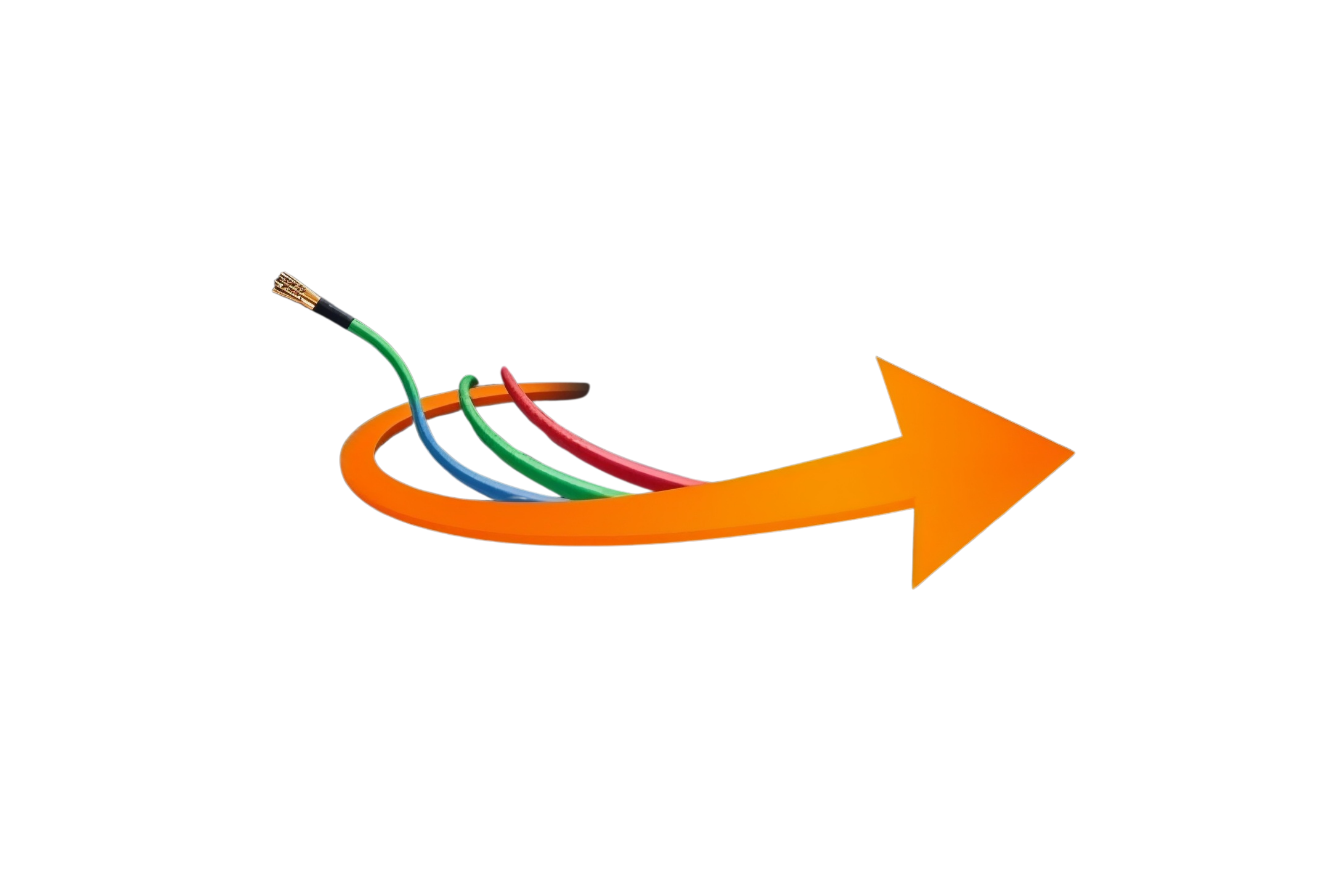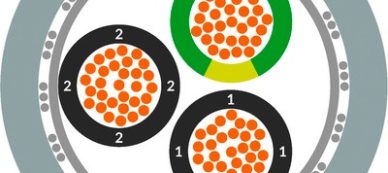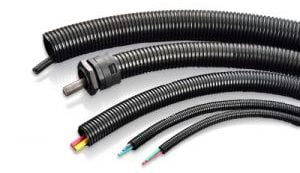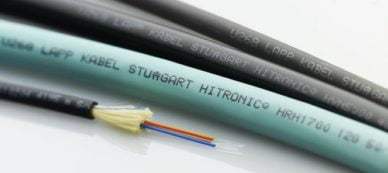An Overview of Different Kinds of Cables
When comparing different kinds of cables, you should know what each type entails. Here’s an overview of Coaxial, Ribbon, Multi-conductor, and Shielded cables. If you don’t know what these terms mean, read this article for more information. Then, you’ll be prepared to buy the right cable for your needs. We’ll also explain how to find the best price for these cables. And when it comes to choosing the right cable for you, remember that a good cable always gives you the best value for your money.
Coaxial cable
Coaxial cables are concentric layers of electrical conductors and insulating material that keep the signal enclosed and prevent interference. The center conductor layer consists of a thin conducting wire, while an outer conductive shield surrounds it. The entire assembly is then wrapped in an insulating jacket. The outer metal shield layer is generally grounded in connectors at both ends. This shielding allows the copper core to transmit data quickly and efficiently.
Ribbon cable
A ribbon cable has many parallel conductors that run along a flat plane. Its name comes from its resemblance to a ribbon. In many applications, the ribbon cable is used to connect two or more electronic devices. However, it is not as flexible as a regular cable. Here are some benefits of using ribbon cables for electrical connections. (You may be able to see the cable’s performance characteristics in a live demonstration.)
Multi-conductor cable
The multi-conductor cable is a highly versatile electronic cable that comes in a wide variety of gauges, dimensions, and insulation materials. These cables come in shielding configurations, jacketing materials, and even high-temperature versions. These cables are commonly used in computer systems, sound systems, actuator controls, and communications. Moreover, they have a variety of advantages when compared to other cable types. However, before purchasing these cables, you should be aware of the important factors that determine their performance.
Shielded cable
Shielded cable is an electrical cable that contains a conductive layer in between the conductors and an outer covering to provide electromagnetic shielding. Shielded cables are ideal for sensitive applications, such as data communications. This article outlines some of the benefits of shielded cables. For more information, read on! Also known as RG6A, shielded cables are the best choice for sensitive applications. These cables have a long life and can withstand a wide range of conditions.
Twin-lead cable
Twin-lead cable is a flat, two-conductor cable used as a balanced transmission line. It’s made up of two stranded, solid copper, or copper-clad steel wires held apart by a plastic ribbon. This makes it extremely flexible and allows for fast, efficient wiring. Read on to learn more about this cable. Here are some common applications. You’ll want to know about it before you install it.
Overhead power lines
Overhead power lines carry electricity across the country. Electricity lines create magnetic and electric fields. The electric field is the largest directly under the line, and diminishes rapidly as it passes over other parts of the overhead line. Distribution lines carry electricity at lower voltages than transmission lines and are used by Distribution Network Operators to deliver electricity to customers. While many are still constructed on steel pylons, others are made of wood poles.
RG6 cable
RG6 cable is often interchanged with RG6/U. Although the two are identical electrically, there are some key differences. For instance, RG6 has a higher electrical conductivity and the U symbol means that it’s suitable for outdoor use. If you’re installing outdoor cabling, you should use RG6/U instead of RG6. To determine which type of cable you need, you can consult the manufacturer’s specs.
